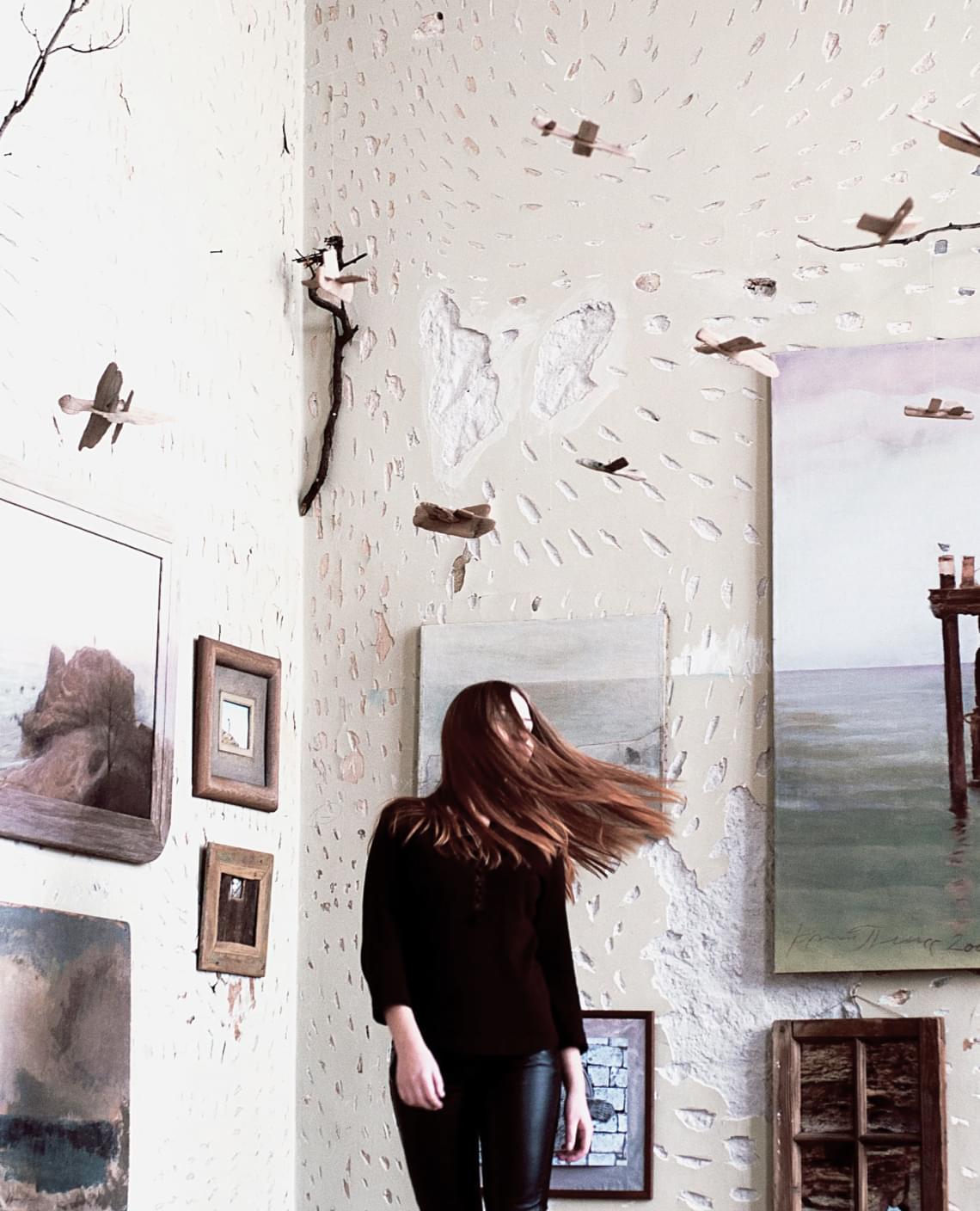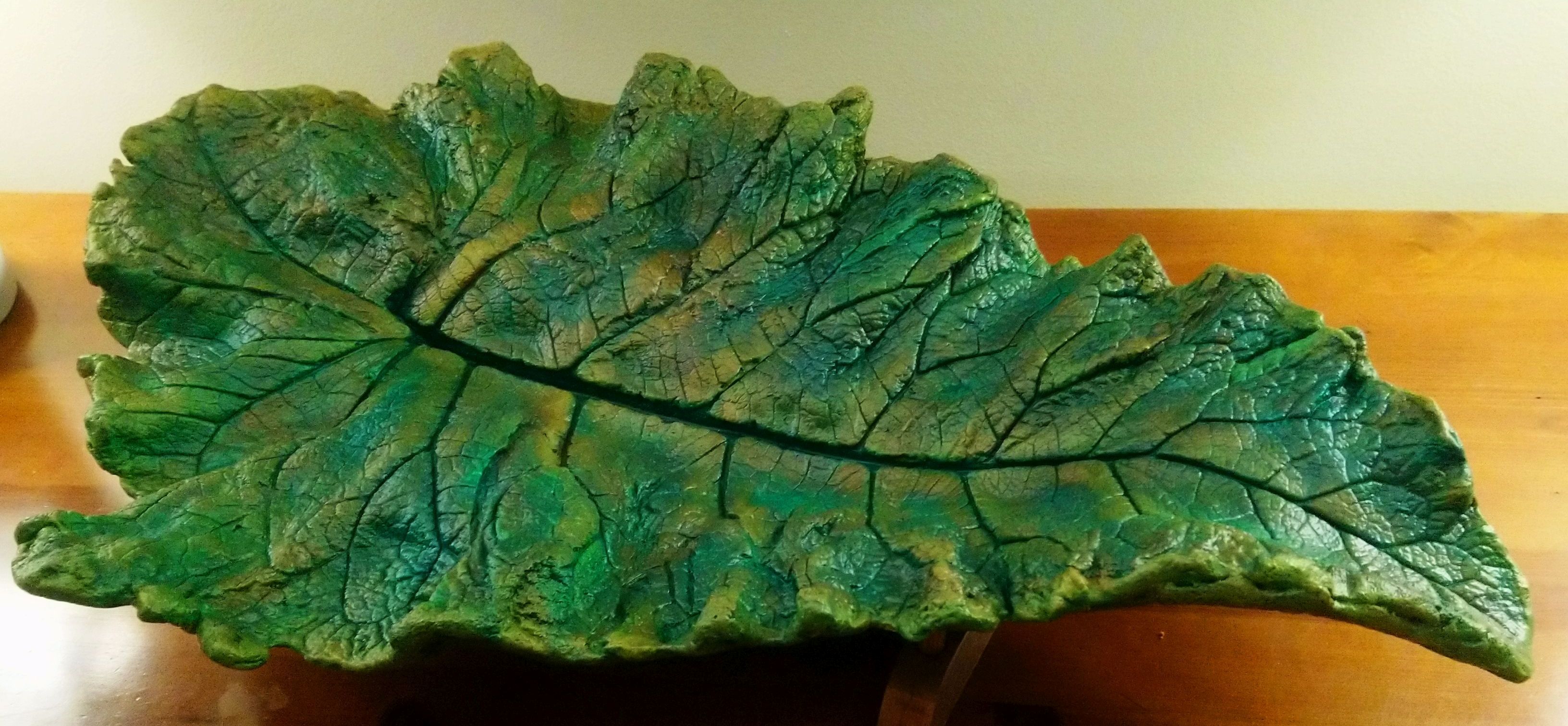
Art from Nature
While exploring hiking trails, Rick and Christine were inspired to merge their talents to fashion sculpted leaves. Homegrown rhubarb and ‘liberated’ burdock form the starting point for many of the pieces, from near-virtual duplicates in size and appearance to unique shaping and sizing. Leaves with prominent bottom veining provide the shape and detail for the sculpted leaf.
Some of Our Art
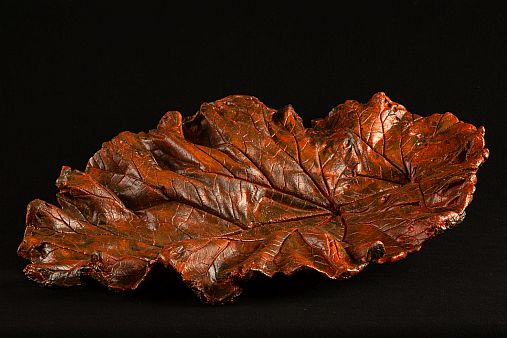
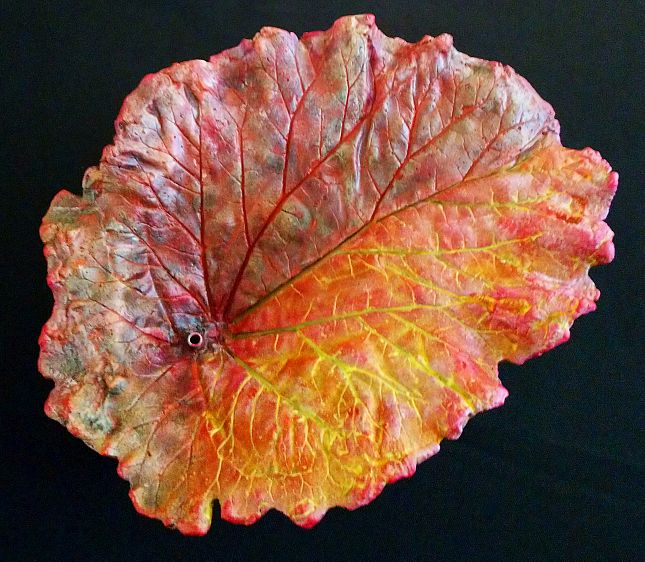
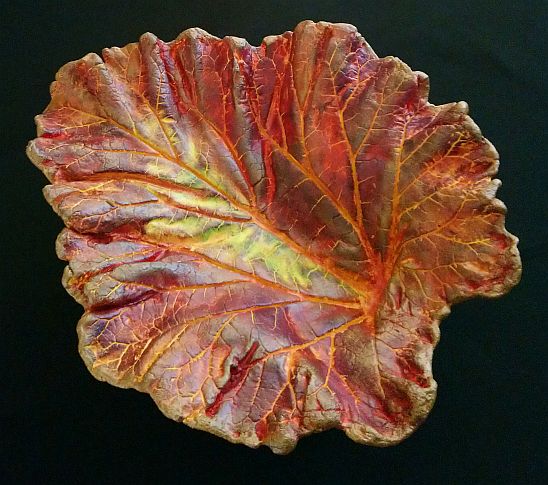
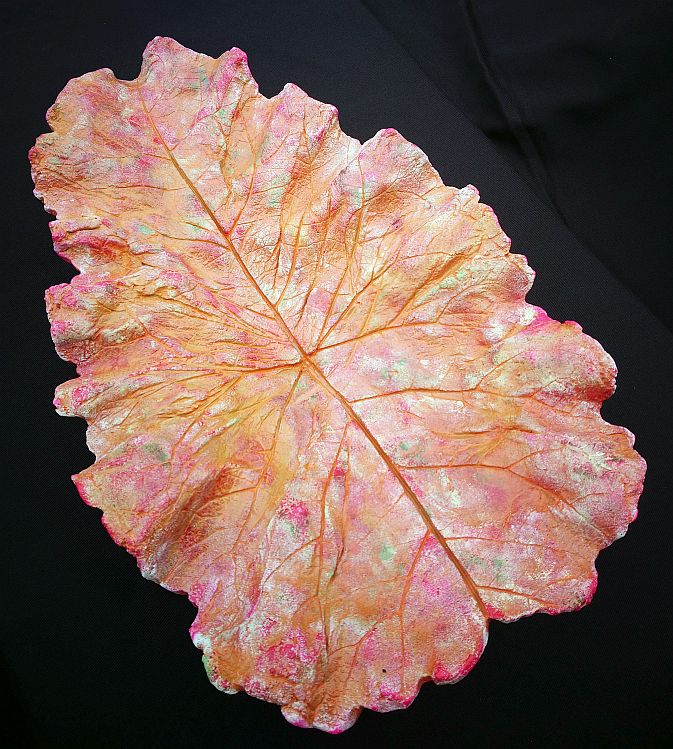

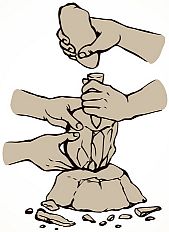
About Rick
The Leaf Starter
Rick likes to make and fix things, just about anything home and mechanics related, so the tools for creating leaf castings and sculpting them are in his workshop/studio. His career experience is in quality and process development, and recreationally, gardening and hiking which spurred the interest in both.
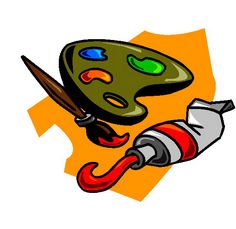
About Christine
The Leaf Closer
Christine likes to decorate inside and outside, whether for a season or event and loves to use bright colours and mediums to do so. She was previously a graphics specialist in print media. Armed with her paint brushes and jars of acrylic
paint, she selects and blends hues that boldly celebrate our changing seasons. She takes
pleasure in replicating nature’s rich pallet as well as creating leaves that
convey flourishes of whimsy.
Superscript
When we display Leaf Art flat inside
The Leaves are cast to provide a bowl'ish shape, which makes them tippy so we use a cradle to support it. We like the full end to be raised. Tip down is what we often see when we harvest the mature leaf. We designed a universal cradle with pegs to support the leaf, and it is available at time of acquisition.
When we display Leaf Art outside, best orientation
The Leaves are cast with unique surface/edge fluting that is visually striking, and serve to provide locations to support for best presentation, which should be close to vertical. If too flat, water will puddle, and successive fill and evaporation cause water marking. We use drift wood as a support so that Leaf presents well visually, and drains as well. Full end or Tip down is personal preference. We do both. We collect driftwood that best cradles for appearance and drainage.
We can provide guidance on that, but placement for best view is ultimately going to be a very personal choice.
-
Feature 1
Add more detail about this feature, such as benefits, appearance, components
-
Feature 2
Add more detail about this feature, such as benefits, appearance, components
